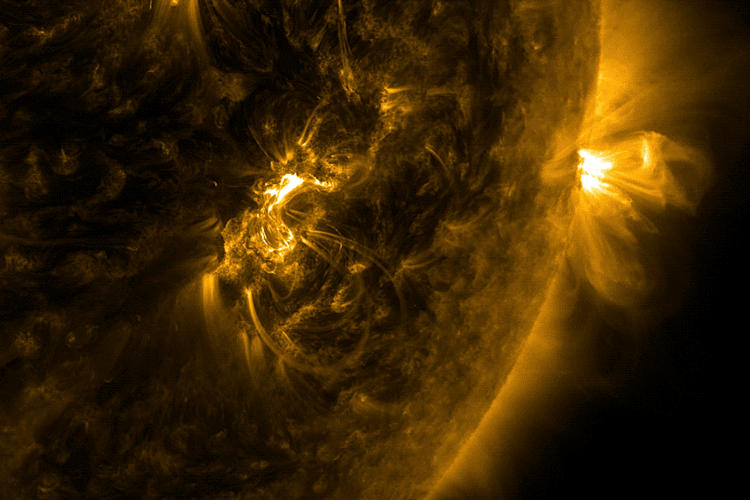
An X-class solar flare (X9.3) emitted on September 6, 2017, and captured by NASA’s Solar Dynamics Observatory in extreme ultraviolet light. (Image courtesy of NASA/GSFC/SDO) Solar flares are violent explosions on the sun that fling out high-energy charged particles, sometimes toward Earth, where they disrupt communications and endanger satellites and astronauts.
“If sunquakes can be generated spontaneously in the sun, this might lead us to a forecasting tool, if the transient can come from magnetic flux that has yet to break the sun’s surface, we could then anticipate the inevitable subsequent emergence of that magnetic flux. We may even forecast some details about how large an active region is about to appear and what type — even, possibly, what kinds of flares — it might produce. This is a long shot, but well worth looking into.”
Any breakthrough technology that might provide early warning of a CME (Coronal Mass Ejection) would be a welcome addition for the NOAA Space Weather Prediction Center.
@theblackskyevent, #blackskyfilm
Source: UC Berkeley Can ripples on the sun help predict solar flares?


0 Comments